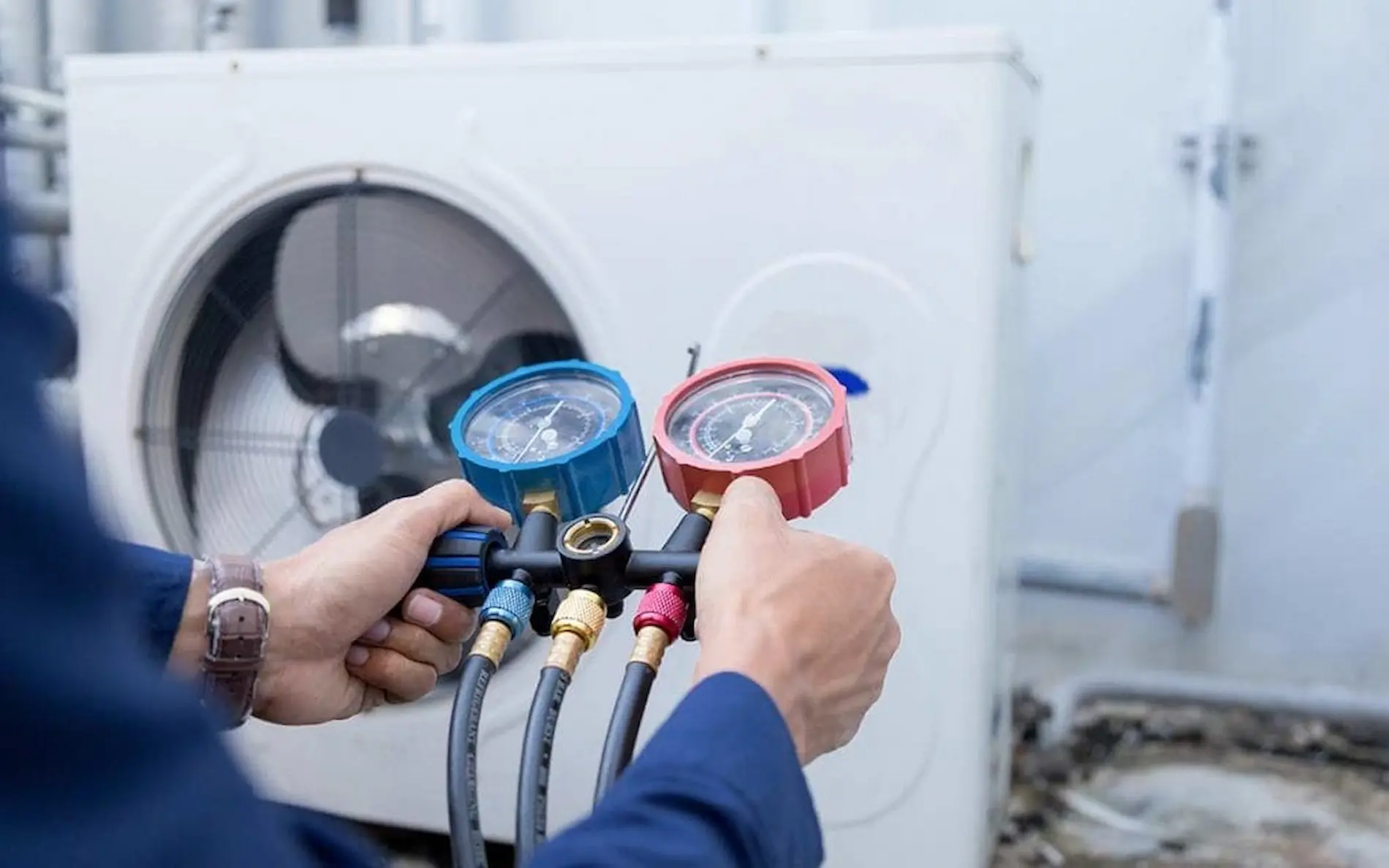4.8
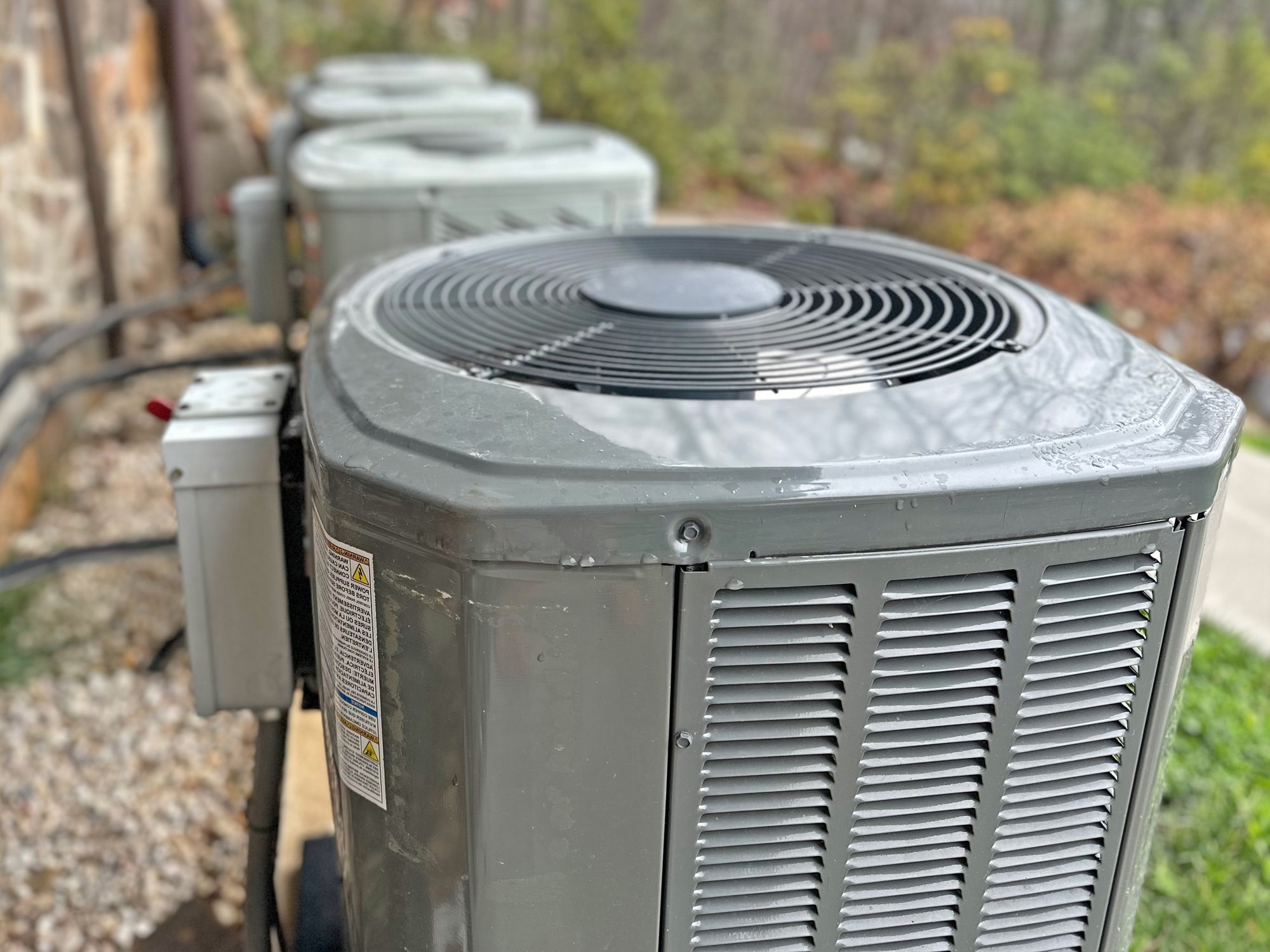
What Are Variable Speed HVAC Systems?
When it comes to home comfort, efficiency, and cost savings, HVAC systems play a crucial role. One of the latest advancements in HVAC technology is the variable speed system. But what exactly are variable speed HVAC systems, and how do they differ from traditional systems? In this blog, we’ll delve into the workings, benefits, and potential drawbacks of variable speed HVAC systems to help you make an informed decision for your home.
Understanding Variable Speed HVAC Systems
A variable speed HVAC system is designed to adjust the speed of the compressor and the fan motor to provide precise temperature control. Unlike traditional single-speed systems, which operate at full capacity or not at all, variable speed systems can modulate their output to match the specific cooling or heating needs of your home. This results in more consistent indoor temperatures, improved energy efficiency, and enhanced comfort.
How Variable Speed HVAC Systems Work
At the heart of a variable speed HVAC system is its compressor, which can operate at varying speeds rather than a single fixed speed. This allows the system to run at lower speeds when full capacity isn’t needed, thereby reducing energy consumption. Additionally, the fan motor in a variable speed air conditioner or furnace can adjust its speed to ensure optimal airflow and humidity control.
Benefits of Variable Speed HVAC Systems
Improved Comfort
One of the primary advantages of a variable speed HVAC system is its ability to maintain a consistent indoor temperature. By adjusting the speed of the compressor and fan motor, these systems can eliminate the temperature fluctuations often experienced with traditional HVAC systems.
Enhanced Energy Efficiency
Variable speed HVAC systems are known for their energy efficiency. By operating at lower speeds for longer periods, these systems consume less electricity, leading to lower energy bills. This efficiency is particularly beneficial in regions with extreme temperatures, where HVAC systems are in constant use.
Better Humidity Control
In addition to temperature regulation, variable speed HVAC systems excel at controlling indoor humidity levels. By running at lower speeds for extended periods, these systems can remove more moisture from the air, creating a more comfortable and healthier indoor environment.
Quiet Operation
Because variable speed systems often run at lower speeds, they tend to operate more quietly than traditional single-speed units. This can be a significant advantage for homeowners who value a peaceful and quiet living space.
Variable Speed Air Conditioner Pros and Cons
Like any technology, variable speed air conditioners have their pros and cons. Let’s explore these in more detail:
Pros
- Energy Savings: Variable speed air conditioners are highly efficient, which can result in significant energy savings over time.
- Consistent Comfort: These systems provide more consistent indoor temperatures and better humidity control.
- Quiet Operation: The ability to run at lower speeds reduces noise levels.
Cons
- Higher Initial Cost: Variable speed HVAC systems typically have a higher upfront cost compared to traditional systems. However, the long-term energy savings can offset this initial investment.
- Complex Installation: Installing a variable speed HVAC system can be more complex, requiring a skilled technician to ensure proper setup and operation.
Comparing Variable Speed and Two-Stage Air Conditioners
When considering an upgrade, homeowners often compare variable speed air conditioners with two-stage air conditioners. While both options offer benefits over single-speed systems, there are key differences to consider.
Two-Stage Air Conditioners
- Two Levels of Operation: These air conditioner systems have two operating modes: high and low. They switch between these modes based on cooling demands.
- Improved Efficiency: Two-stage systems are more efficient than single-speed units but not as efficient as variable speed systems.
- Better Comfort: They provide better temperature and humidity control than single-speed systems but may still experience some temperature fluctuations.
Variable Speed Air Conditioners
- Multiple Levels of Operation: Variable speed systems can operate at any speed between 0% and 100%, providing precise control over cooling and heating.
- Maximum Efficiency: These systems offer the highest level of energy efficiency, leading to significant cost savings.
- Superior Comfort: They provide the most consistent indoor temperatures and humidity control.
Disadvantages of Variable Speed Furnaces
While variable speed furnaces offer many benefits, it’s important to be aware of potential disadvantages:
- Higher Cost: The initial cost of a variable speed furnace can be higher than that of a traditional single-speed or two-stage furnace. However, the energy savings and improved comfort may justify the investment.
- Complexity: Variable speed furnaces are more complex and require skilled technicians for installation and maintenance. This complexity can also lead to higher repair costs if issues arise.
- Compatibility: In some cases, existing ductwork and HVAC infrastructure may need modifications to accommodate a variable speed system, adding to the overall cost.
Conclusion
Variable speed HVAC systems represent a significant advancement in home comfort technology. With their ability to adjust compressor and fan speeds, these systems offer improved comfort, enhanced energy efficiency, and better humidity control compared to traditional HVAC systems. However, it’s essential to consider the higher initial cost and potential complexity of installation and maintenance.
If you’re considering upgrading to a variable speed HVAC system or have questions about your current system, contact Lazer Home Services. Our experienced technicians can help you determine the best solution for your home, ensuring optimal comfort and efficiency. Reach out to us for all your plumbing, electrical, and HVAC needs. We’re here to provide reliable and professional services to keep your home running smoothly.
Recent News
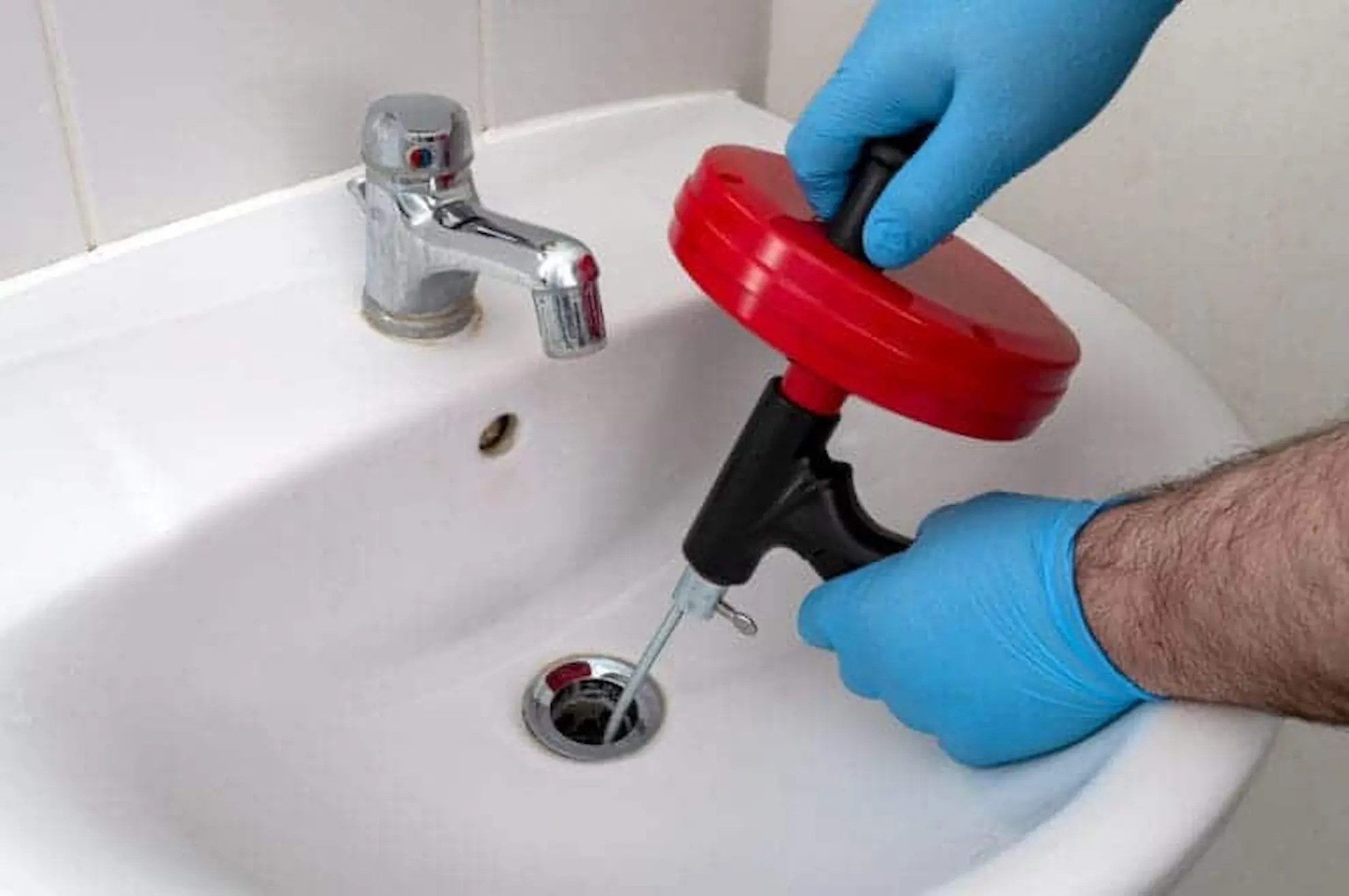
Residential Drain Cleaning in Des Moines | Lazer Home Services

Heat Pump Repair and Installation Solutions in Des Moines.
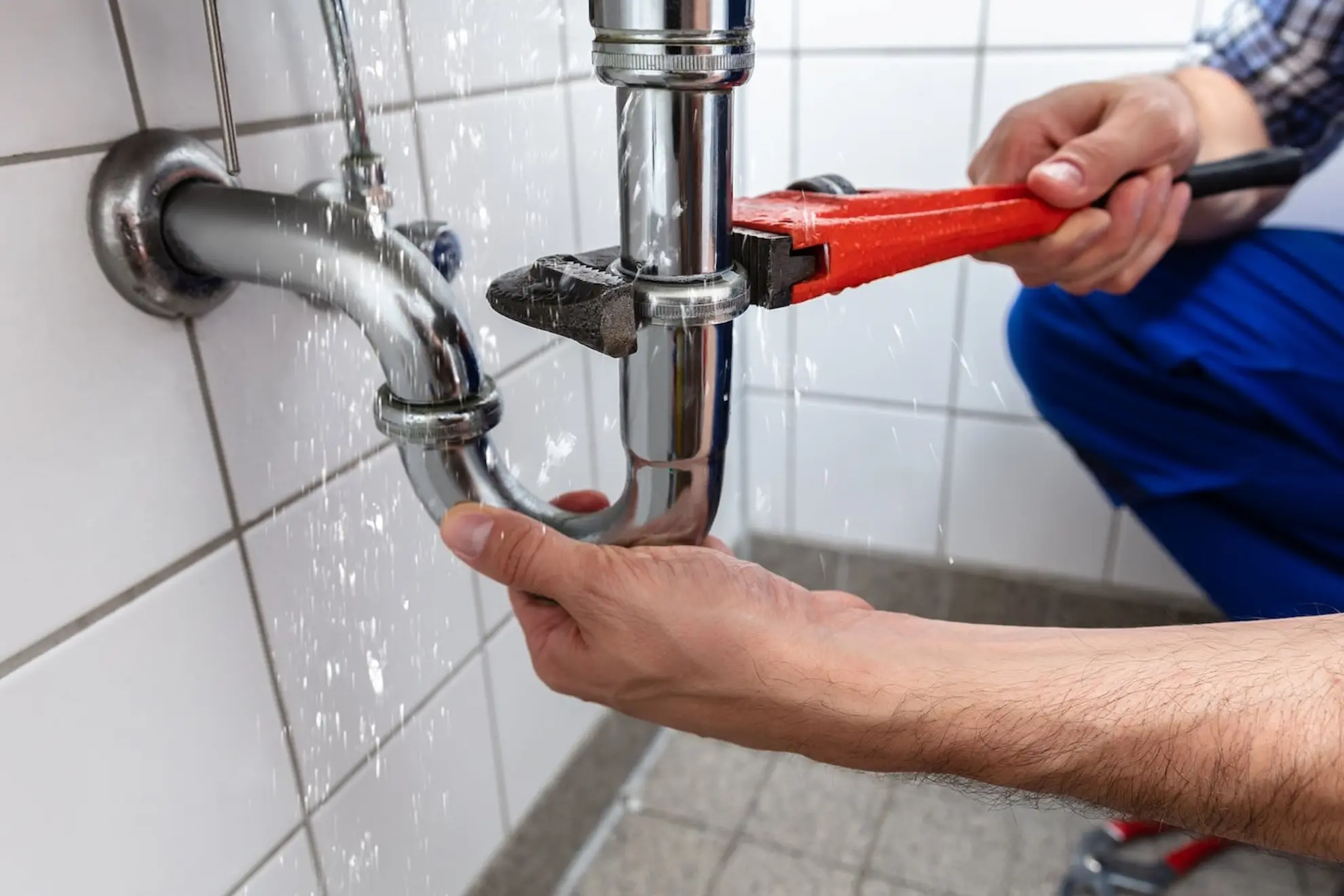
How to Detect Hidden Pipe Leaks | Lazer Home Services
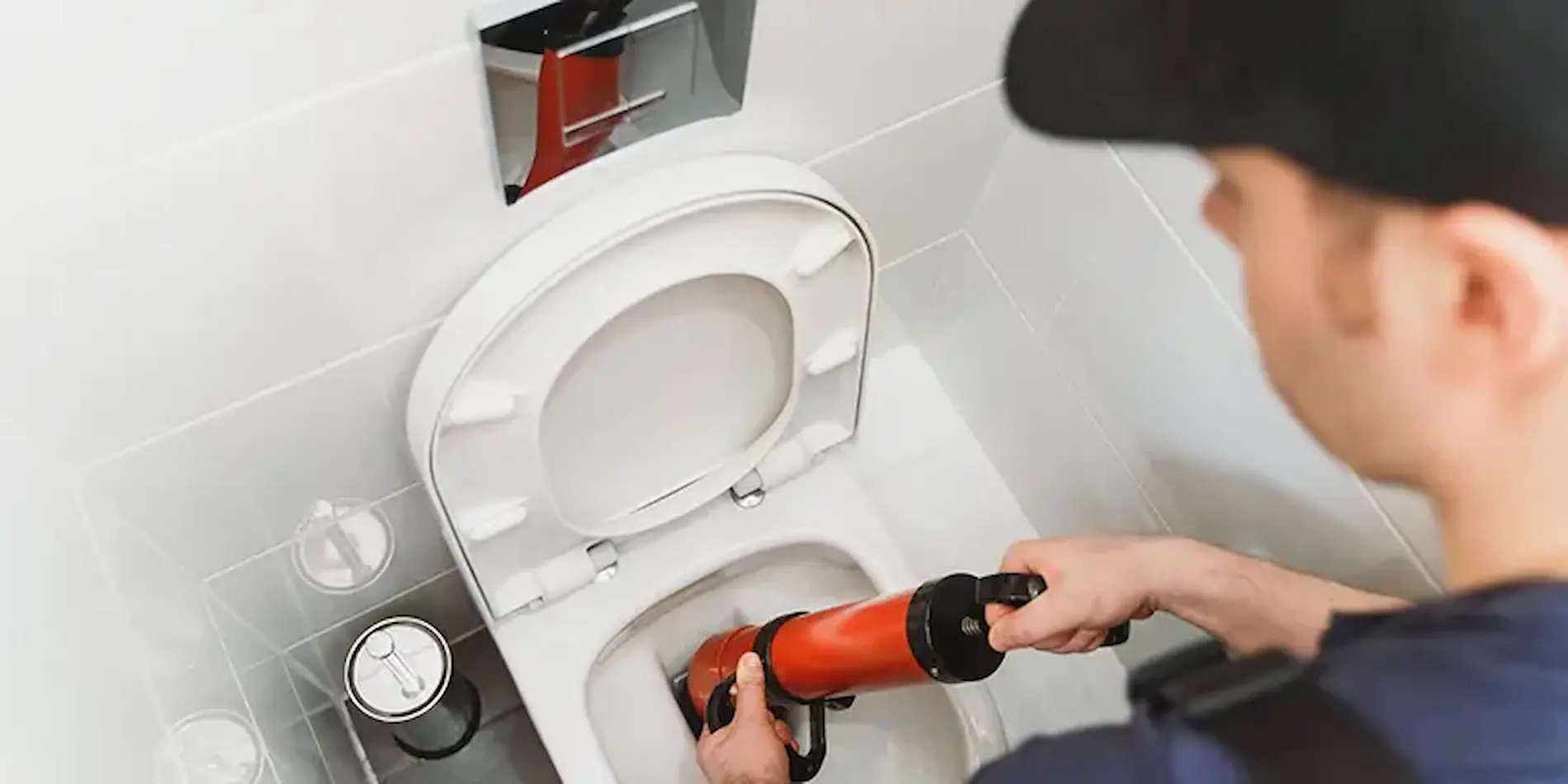
5 Early Warning Signs Your Home Plumbing Needs Urgent Attention
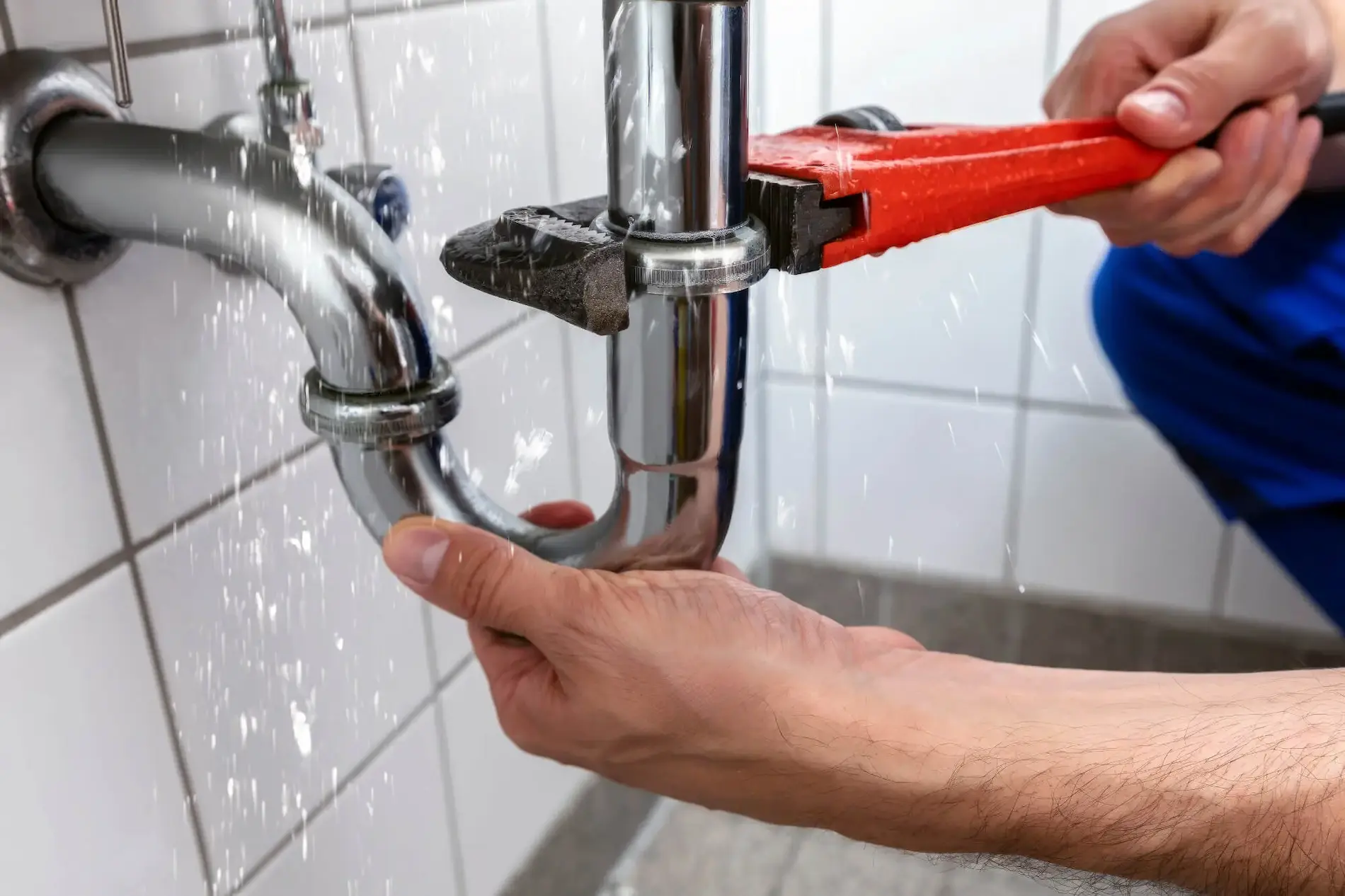
Plumbing Maintenance Checklist Des Moines | Lazer Home Services
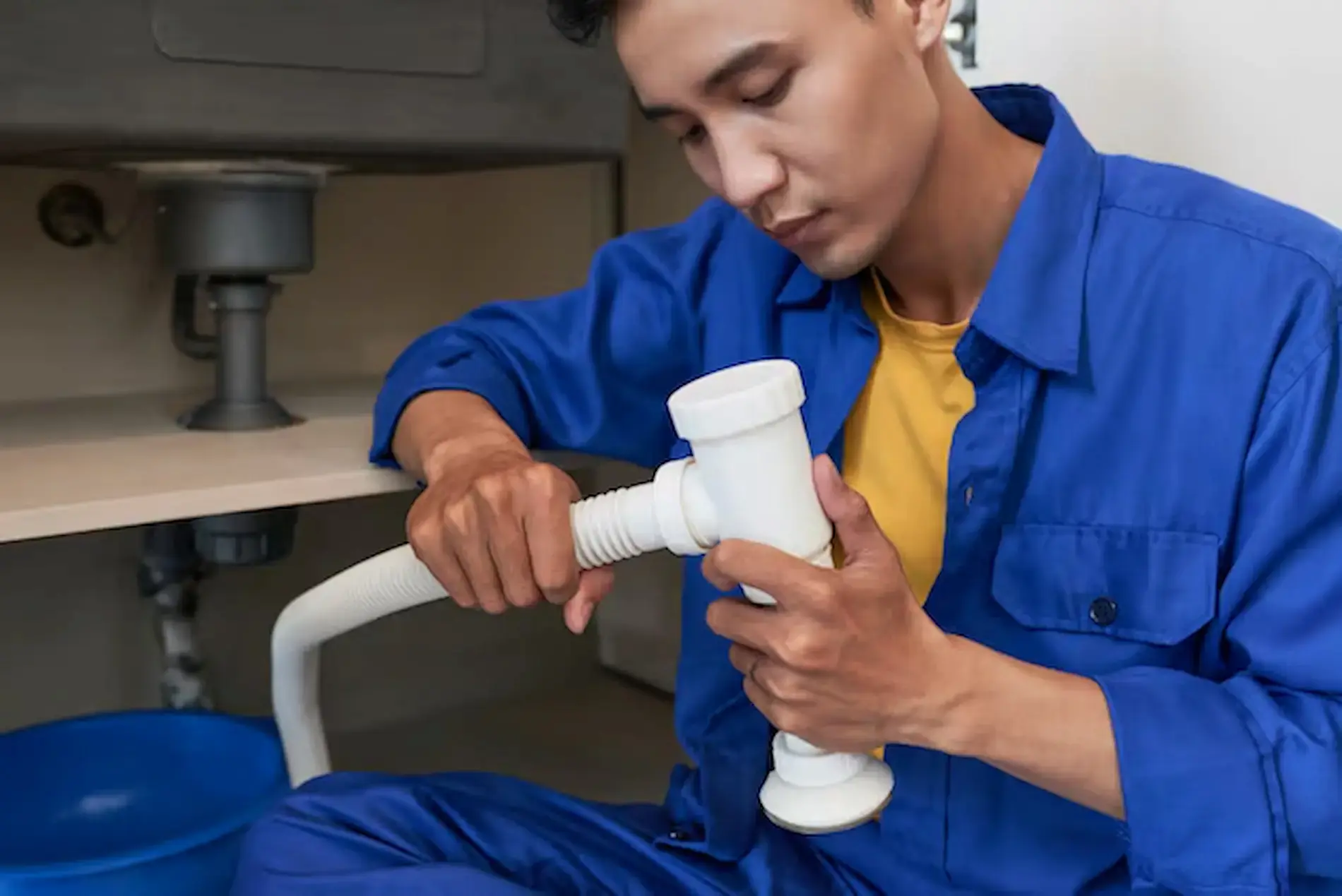
Leak Detection and Repair in Des Moines | Lazer Home Services
